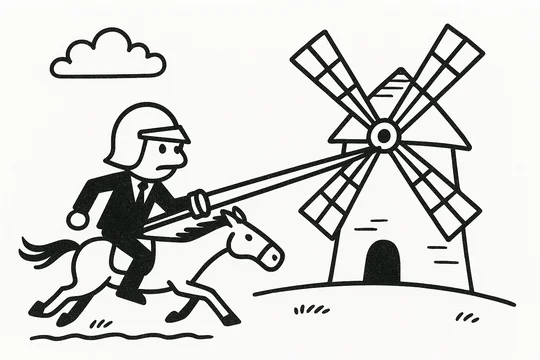
In February 2023, we wrote about a case by Getty Images against Stability AI involving copyright claims on AI-generated content. That case was filed near the start of the current AI mania, and it looked to potentially be significant.
Since then, the case has suffered from some party-driven delays. The parties agreed to extend the answer deadline, and then Getty Images filed an amended complaint. D.I. 12, 13. This was followed by another stipulated extension, and a motion to dismiss or transfer. D.I. 15, 16.
The Court then granted a motion for jurisdictional discovery, D.I. 30, and that process seems to have gone on for about a year, until Getty …








